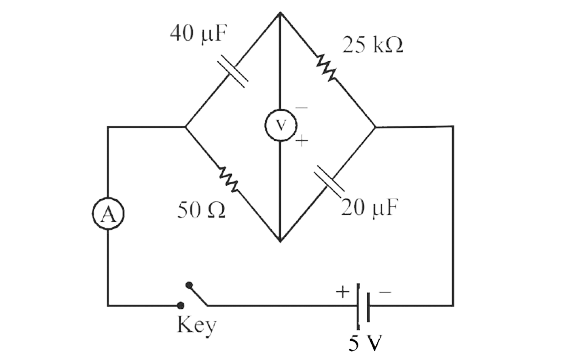Which of the following statement(s) is(are) true?
A
Monosaccharides cannot be hydrolyzed to give polyhydroxy aldehydes and ketones.
B
Oxidation of glucose with bromine water gives glutamic acid.
C
Hydrolysis of sucrose gives dextrorotatory glucose and laevorotatory fructose.
D
The two six-membered cyclic hemiacetal forms of D-(+)-glucose are called anomers.
Video Solution
Text Solution
The correct Answer is:A, C, D
The statement (B) is incorrect as glucose on oxidation with Br, water produces gluconic acid.

The two six-membered cyclic hemiacetal forms of D-(+)-glucose differ in CI configuration, hence are anomers. It is well known fact that the action of invertase enzyme sucrose is hydrolyzed to form glucose (+) and fructose (-). Monosaccharide by definition are polyhydroxy aldehydes and ketones that cannot be hydrolyzed further.
|
Updated on:21/07/2023
Similar Questions
Knowledge Check
- Question 1 - Select One or More
Which of the following statements(s) is (are) true?
AIn process of the precipitation of silver sodium dicyano argentate (I), the zinc acts as reducing agent as well as complexing agentBIn process of the roasting the copper pyrites is converted into a mixture of Cu2S&FeS which, in trun are partially oxidisedCLimonite, haematite and magnesite are ores of ironDTin and lead both are extracted from their ores by self-reduction - Question 2 - Select One
Which of the following statement(s) in (are) true ?
AIonisation energy ∝1Screening effectBThe first ionisation energies of Be and Mg are more than ionisation energies of B and Al respectivelyCAtomic and ionic radii of Niobium and Tantalum are almost sameDMetallic and covalent radii of potassium are 2.3 Å and 2.03 Å respectively - Question 3 - Select One
Which of the following statements (s)is/are true?
Aa) Differentiable function satisfying f(−1)=f(1) and f'(x)≥0 for all x must be a constant function on the interval [−1,1].Bb) There exists a function with domain R satisfying f(x) lt 0, for all x, f'(x) gt 0 for all x and f''(x0 gt 0 for all x.Cc) If f''(x) = 0 then (c,f(c)) is an inflection point.Dd) Suppose f(x) is a function whose derivative is the function f(x)=2x2+2x−12. Then f(x) is decreasing for −3<x<2 and concave up for x>−12.
Which of the following statements (s) is/are true about amines?
View SolutionWhich of the following statements(s) is/are true for XeF6?
View SolutionWhich of the following statements(s) is /are true for XeF6 ?
View SolutionIn the circuit shown below, the key is pressed at time t = 0 . Which of the following statements (s) is (are) true?
 View Solution
View SolutionA sample of a gas was heated from 30∘C to 60∘C at constant pressure. Which of the following statement(s) is true?
View Solution
